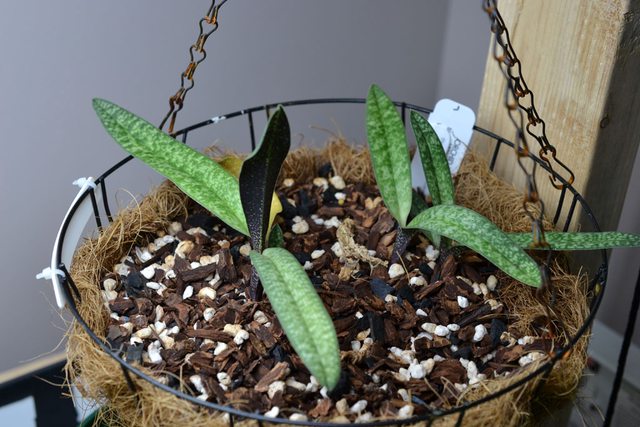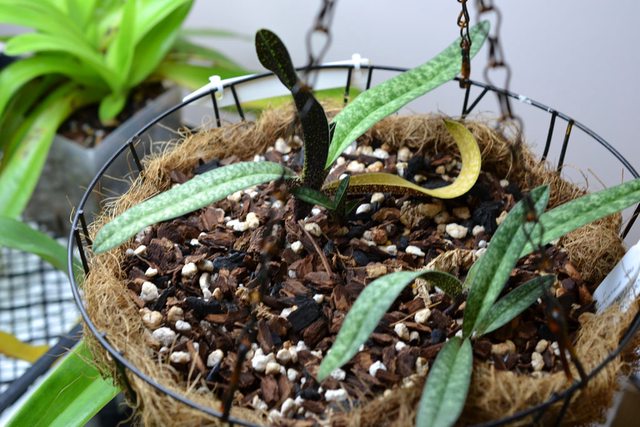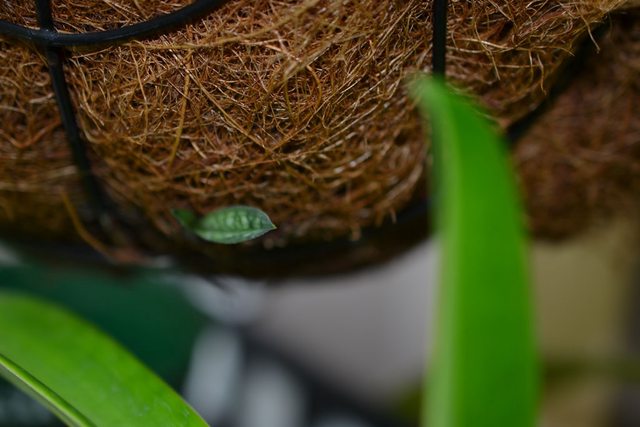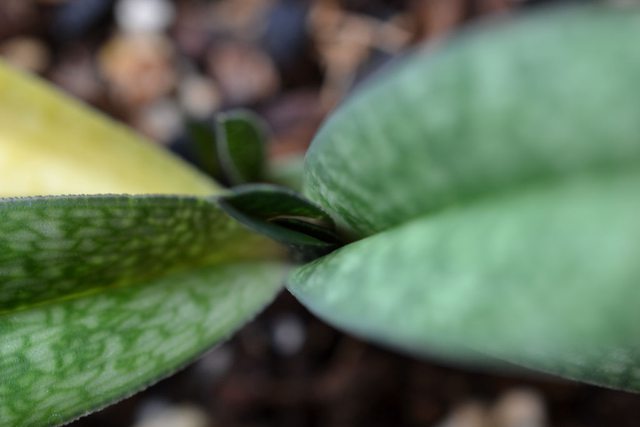Rick
Well-Known Member
For example with bellatulum it has finally sunk in why I kept losing roots or having poor development. Several books I have say its necessary to keep them cool... WRONG! Yes they like cooler nights during the dormant season, but they need to be kept dry at the roots or they rot immediately.When you look at concolor, it's interesting to see that although it grows with bellatulum, it also grows in many other areas and habitats so its obviously much more adaptable than bellatulum and this bares out in cultivation. I think my mistake was watering too much and too early in spring when they (bellatulum) are just waking up (thats always a good root rotting season). You can get a week of warm weather then 2 weeks of winter again.--so easy to make a mistake during that time! But in summer when its really hot, you can pour on the water. So now I feel (a bit) more confident with bellatulum. Now for armeniacum...................
Mike So how do your reconcile Espices semi hydro (constantly wet ) bellatulum culture? She's in Canada and grows under lights, but Candace also grows bellatulum SH in a GH in California. There was a thread that Charles started as a belatulum culture survey, and Xavier posted that root rots in belatulum were precipitated by getting the roots "too dry".
http://www.slippertalk.com/forum/showthread.php?t=7531







